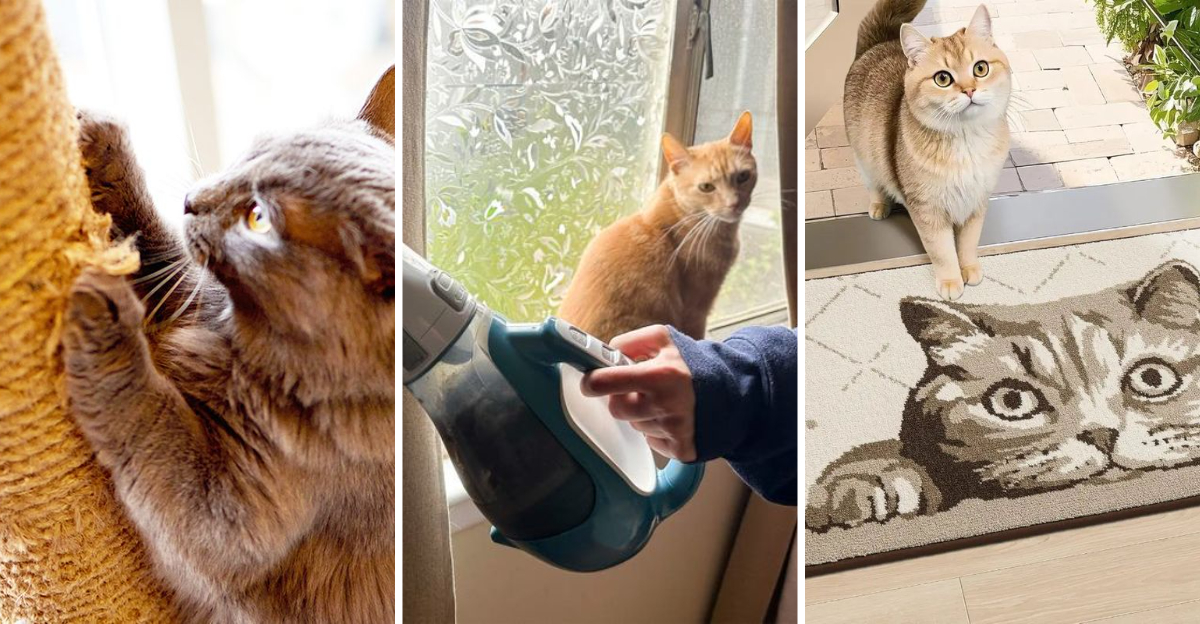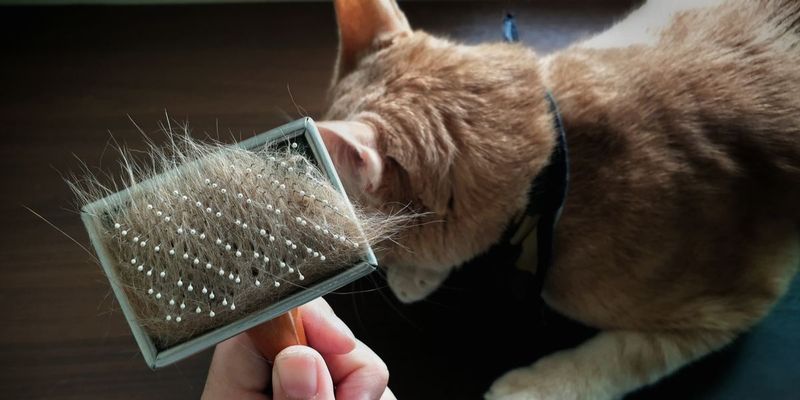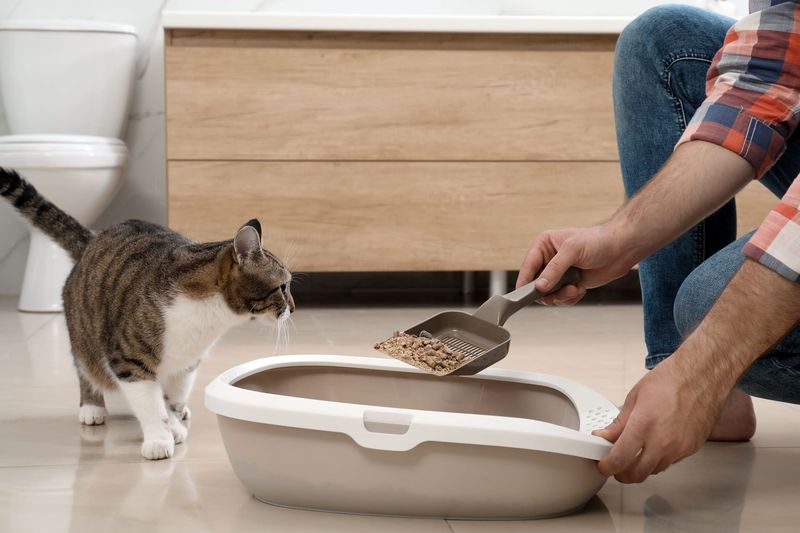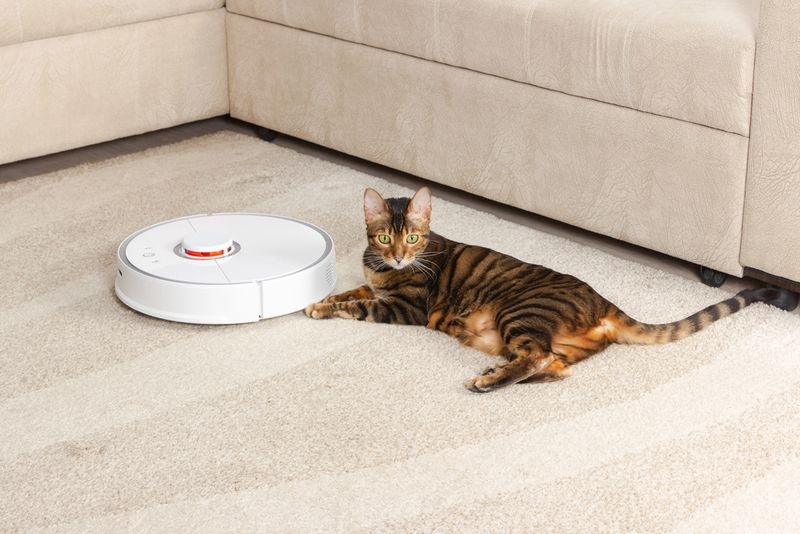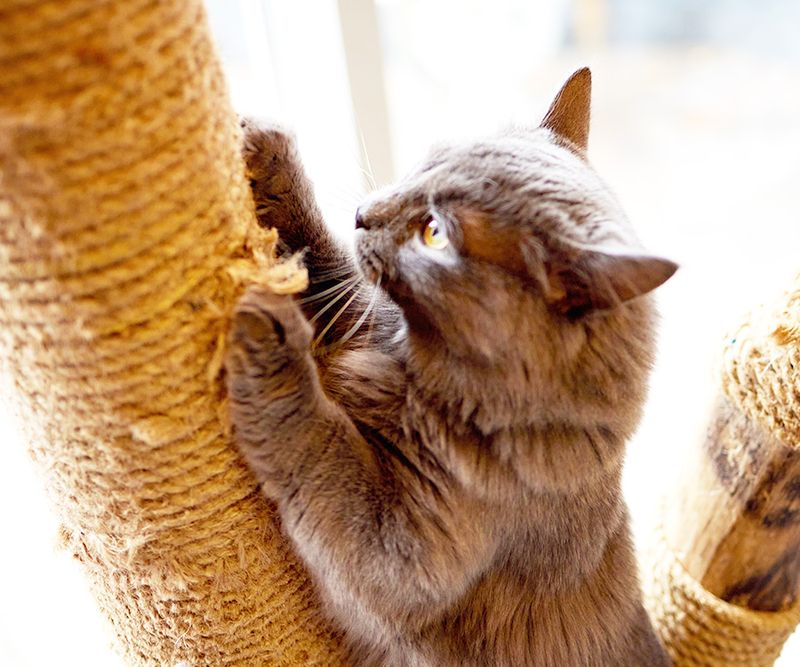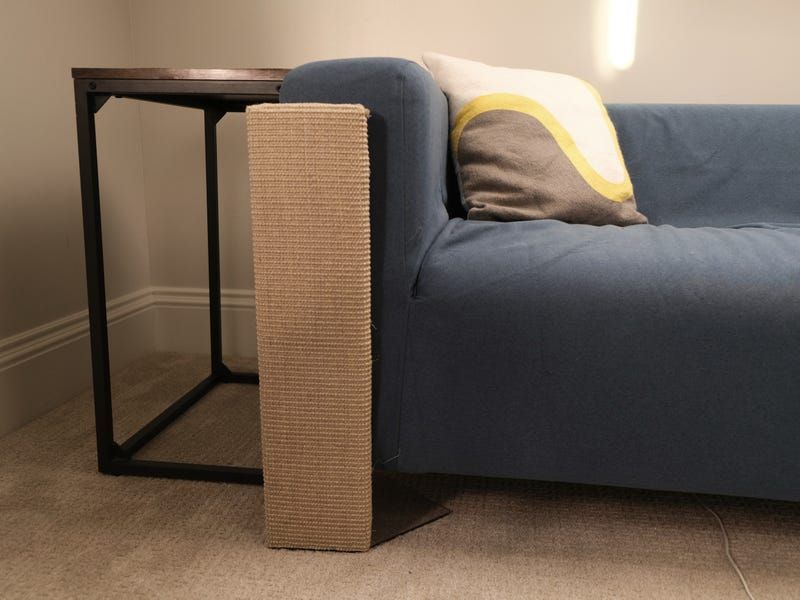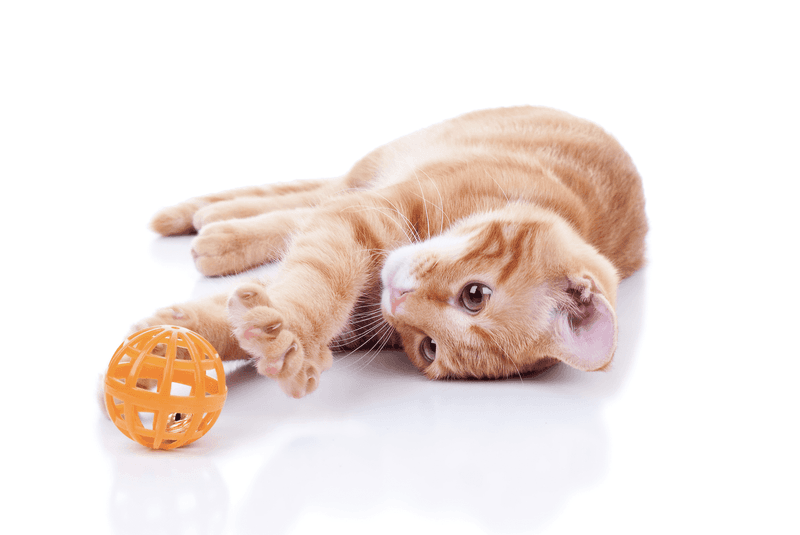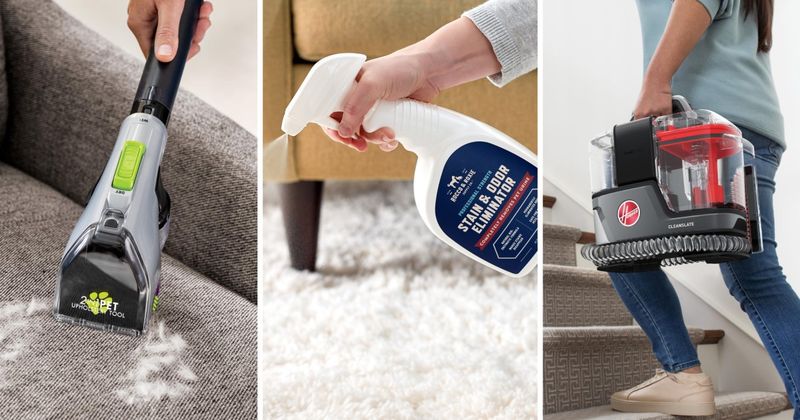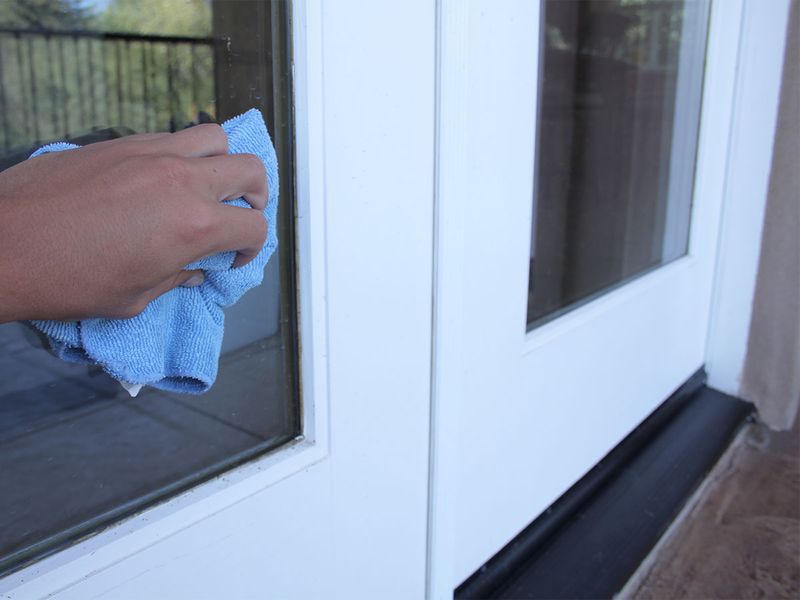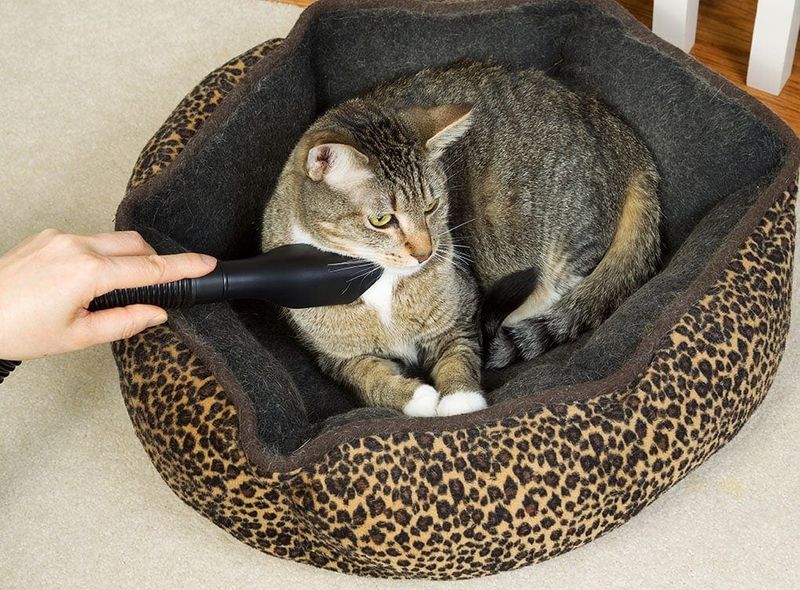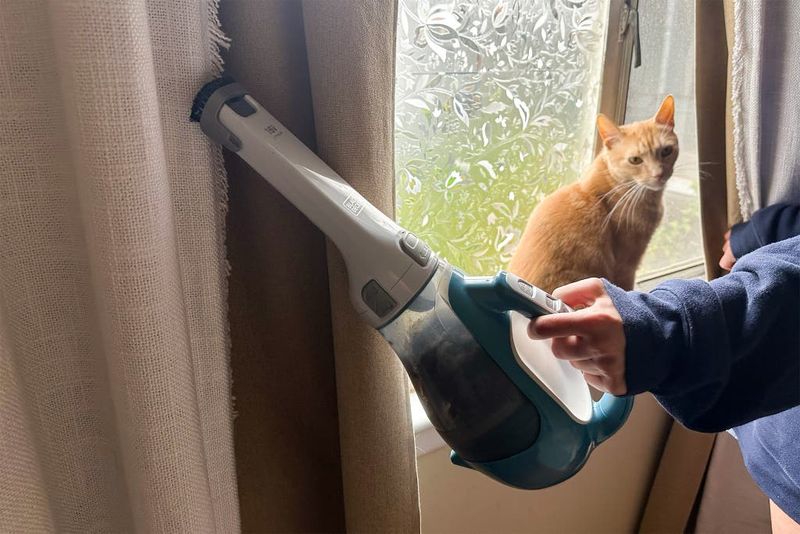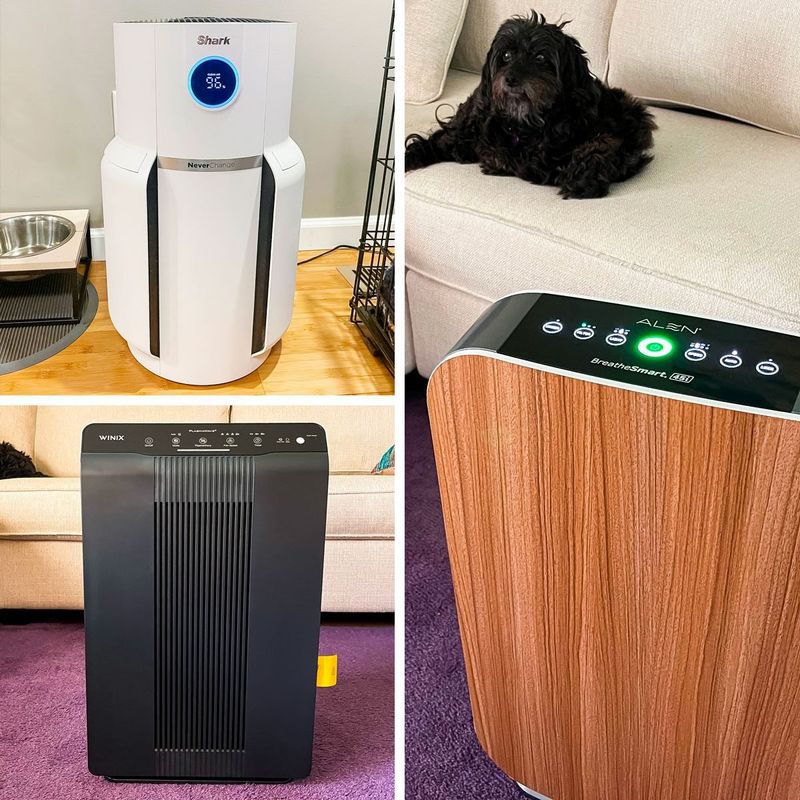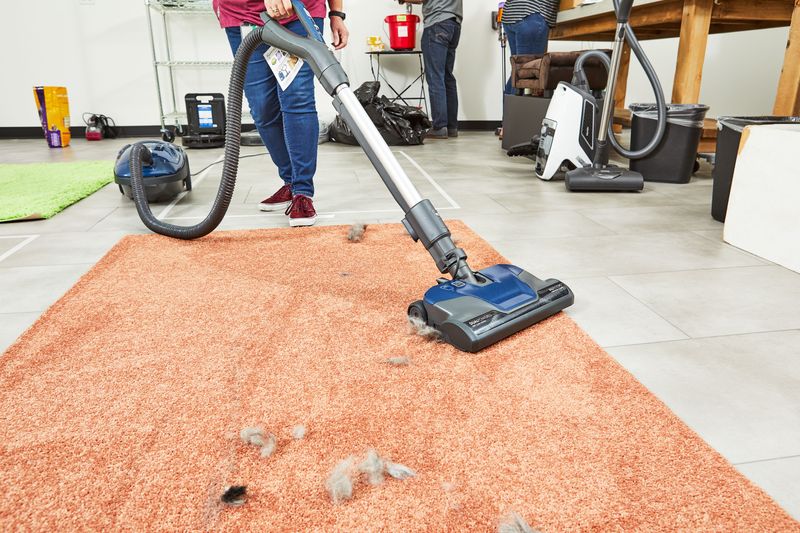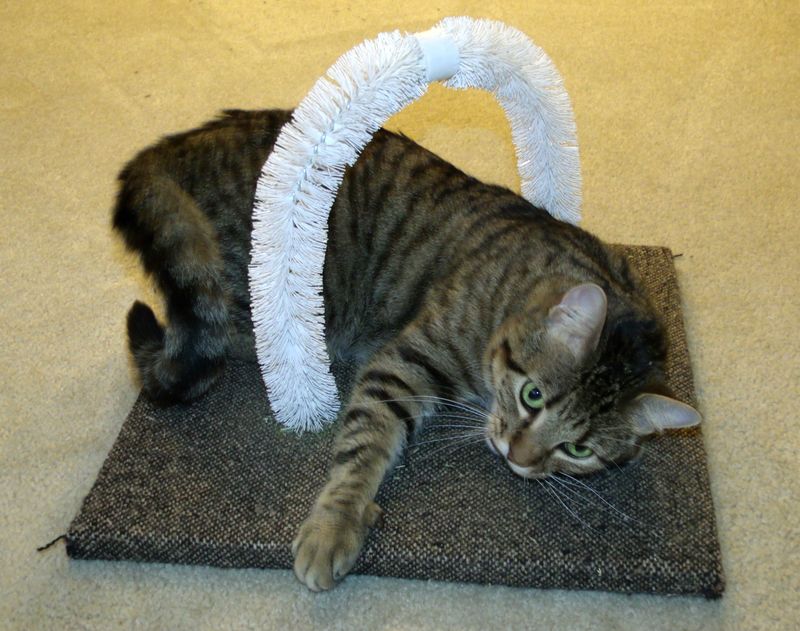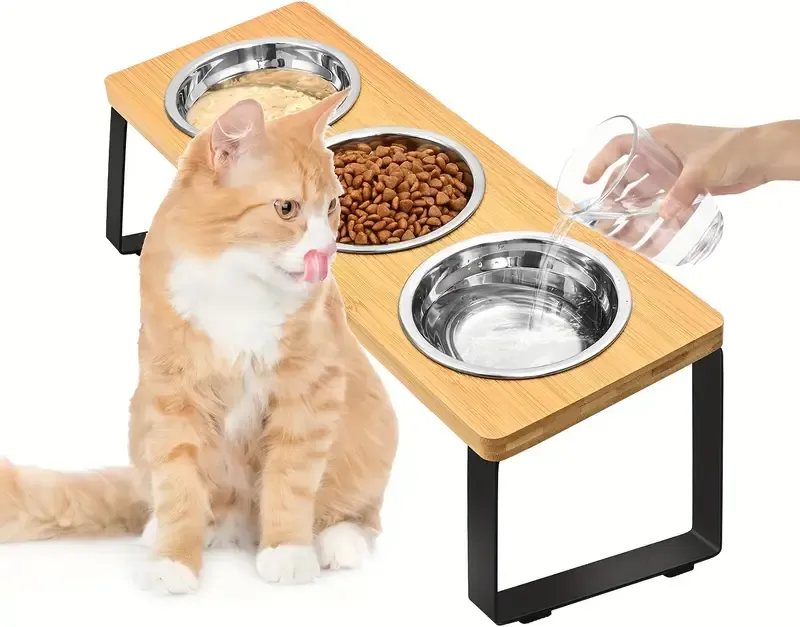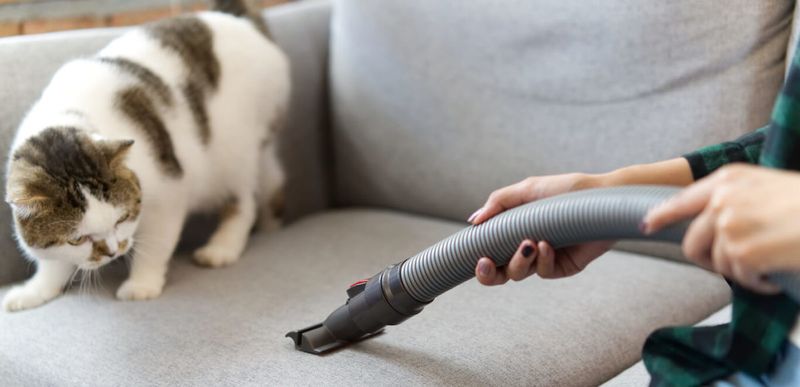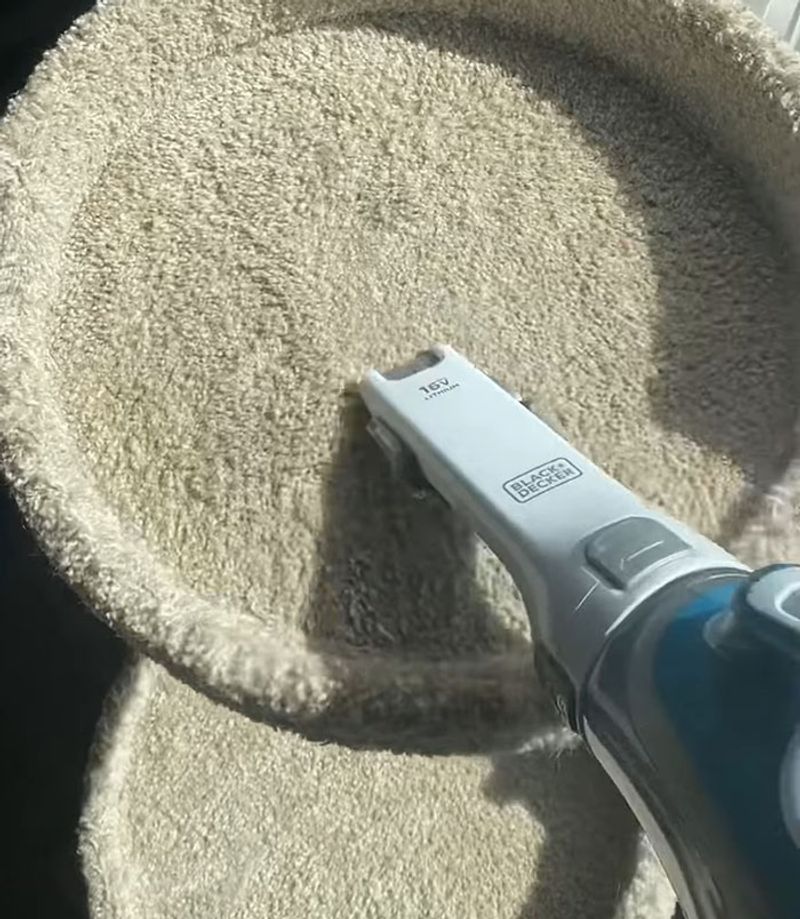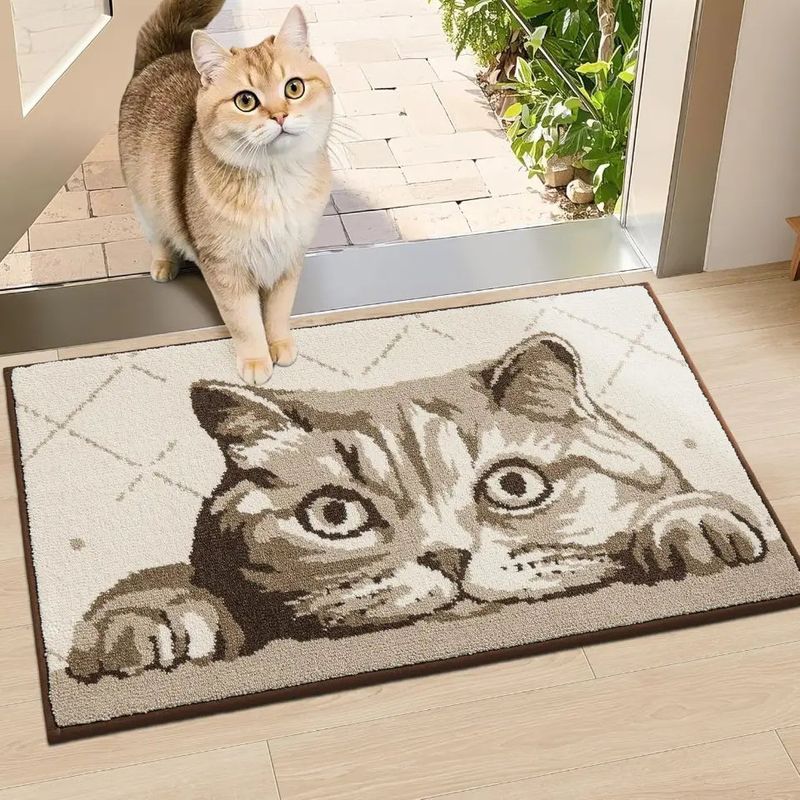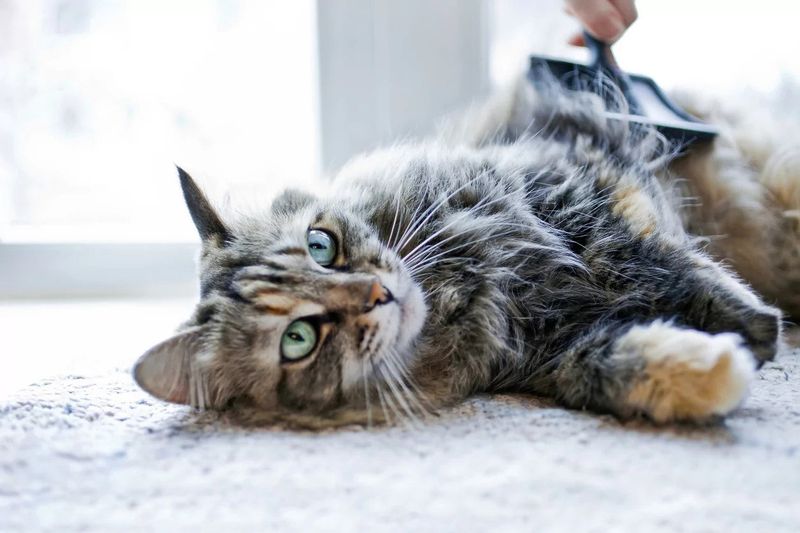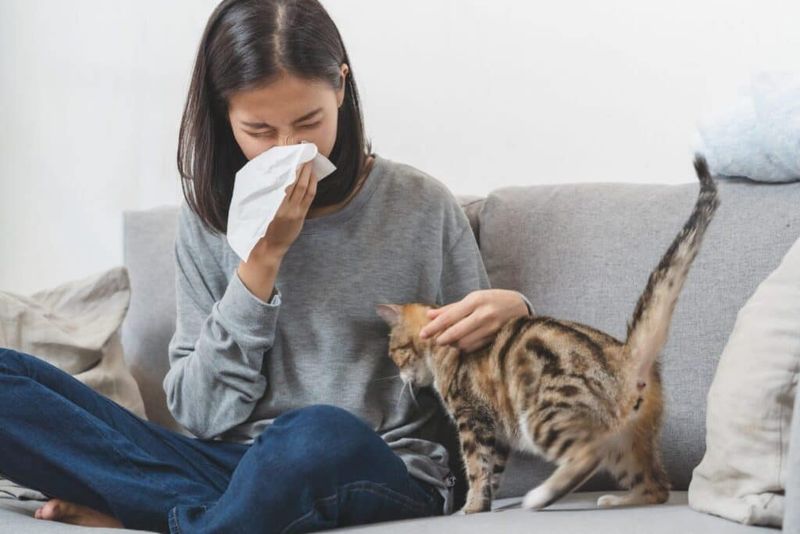📖 Table of Content:
- 1. Fur Control
- 2. Litter Box Maintenance
- 3. Odor Elimination
- 4. Scratch Post Hygiene
- 5. Furniture Protection
- 6. Cat Toys Cleaning
- 7. Pet Stain Removal
- 8. Window Cleaning
- 9. Cat Bed Maintenance
- 10. Curtain and Blind Care
- 11. Air Quality Improvement
- 12. Hard Floor Upkeep
- 13. Grooming Station Setup
- 14. Food and Water Area Cleanliness
- 15. Upholstery Freshening
- 16. Cat Tree Cleaning
- 17. Doorway Management
- 18. Pet Hair Management
- 19. Allergy Reduction
Owning a cat is a joyous experience, but it comes with its own set of challenges, particularly when it comes to cleaning. From tackling shedding fur to managing litter box odors, cat owners often find themselves in search of effective cleaning solutions. This comprehensive guide provides 19 essential cleaning tips that every cat owner should know, aimed at making your life easier and your home cleaner. Discover practical advice, innovative techniques, and helpful tools that will keep both your feline friend and your living space fresh and tidy.
1. Fur Control
Cats shed fur everywhere. Regular brushing reduces loose hair, keeping your home cleaner. Invest in a quality cat brush and groom your feline friend a few times a week. This significantly minimizes shedding and prevents fur from sticking to furniture. Try using a lint roller for quick cleanup on clothing and upholstery. Additionally, vacuum often to remove fur from carpets and floors. Using rubber gloves can help lift fur from fabric surfaces. Consider providing a designated resting area with washable covers for your cat. This keeps fur contained and makes cleaning simpler.
2. Litter Box Maintenance
Keeping the litter box clean is essential for both hygiene and odor control. Scoop waste daily and change litter weekly. Choose a clumping litter for easy removal of solids. Baking soda can be mixed with litter to neutralize odors naturally. Wash the litter box monthly with mild soap and water, avoiding harsh chemicals that may linger. Consider using a litter mat to catch stray granules, reducing mess. Place the box in a well-ventilated area to dissipate odors. Consistent maintenance ensures your cat’s comfort and a fresh-smelling home.
3. Odor Elimination
Cats can bring unique smells into your home, but odor elimination is possible with the right products. Air purifiers with HEPA filters can help remove pet dander and odors. Use enzymatic cleaners for any accidents outside the litter box; they break down odor-causing molecules. Regularly wash cat bedding in hot water with mild detergent. Essential oil diffusers can add pleasant scents to your space without being overpowering. Just ensure oils are safe for pets. Regular ventilation is key to keeping your home smelling fresh and inviting.
4. Scratch Post Hygiene
Scratching posts are beloved by cats, but they can harbor dust and odors over time. Regularly vacuum and wipe down with a damp cloth to maintain cleanliness. Sprinkle baking soda on the post and let it sit before vacuuming to refresh it. Inspect for worn areas and replace if necessary to prevent damage to furniture. Encourage your cat to use the post by sprinkling catnip or hanging toys. A clean and enticing scratch post contributes to a happier cat and a tidier home. Keep it in good shape to prolong its life.
5. Furniture Protection
Cats love to lounge on furniture, which can lead to fur deposits and scratches. To protect your sofas and chairs, use machine-washable throws or slipcovers. Opt for materials that easily repel fur, such as microfiber. Double-sided tape can deter cats from scratching. Regularly rotate throws to avoid buildup of fur and dirt. Consider investing in furniture designed for pet owners, featuring stain-resistant fabrics. Creating designated cat zones with cozy beds can redirect your pet’s lounging habits. A few strategic changes can keep your furniture looking pristine.
6. Cat Toys Cleaning
Cat toys accumulate dirt and germs over time, requiring regular cleaning. For fabric toys, machine wash in a delicates bag or hand wash with mild soap. Plastic toys can be soaked in a mixture of water and vinegar. Thoroughly rinse and dry before returning them to your pet. Inspect toys for wear and discard any with sharp edges or loose parts. Rotating toys keeps them interesting for your cat while allowing time for thorough cleaning. Maintaining a clean toy collection promotes a healthier environment for your feline friend.
7. Pet Stain Removal
Accidents happen, but quick action can prevent stains. Blot liquid messes with a clean cloth, avoiding rubbing which can spread the stain. Use a pet-specific stain remover to tackle stubborn spots. For homemade solutions, mix equal parts vinegar and water. Apply to the stain and blot with a clean towel. Enzymatic cleaners are effective for breaking down biological stains. Always test a small area of carpet or fabric before full application. Regular carpet cleaning helps prevent buildup and keeps your home looking fresh and inviting.
8. Window Cleaning
Cats love gazing out of windows, leaving behind smudges from noses and paws. Use a pet-safe glass cleaner or a vinegar-water solution to clean window panes. For screens, gently brush away fur and dust with a soft brush or vacuum. Ensure your cat has a perch by the window for comfortable viewing. Regular cleaning maintains clear views and reduces allergens. Check for loose screens or damaged areas to ensure safety. Clean windows not only enhance your home’s appearance but also provide your cat with an unobstructed view of the world.
9. Cat Bed Maintenance
Your cat’s bed can quickly become a hub for fur and odors. Launder removable covers regularly, using a pet-safe detergent. For non-removable beds, vacuum thoroughly and treat with a fabric refresher. Consider placing a washable blanket over the bed for easy cleaning. Baking soda can help neutralize odors when sprinkled and vacuumed up. Providing multiple beds allows for rotation and consistent cleanliness. A clean bed contributes to your cat’s comfort and health, and keeps your living space smelling fresh. Regular maintenance is essential for a hygienic environment.
10. Curtain and Blind Care
Cats often find curtains and blinds irresistible for climbing and hiding. Regularly vacuum or dust blinds to remove fur and allergens. Machine wash curtains or wipe down with a damp cloth if they are not washable. Use tiebacks to keep curtains out of reach when not in use. Consider replacing damaged blinds with pet-friendly alternatives like vertical blinds or shades. Secure cords to prevent entanglement. Keeping window treatments clean and well-maintained ensures they last longer and enhances the overall aesthetic of your room.
11. Air Quality Improvement
Maintaining good air quality is vital in a home shared with cats. Invest in an air purifier with a HEPA filter to capture dander and allergens. Regularly open windows to circulate fresh air, but ensure screens are secure. Opt for houseplants known to improve air quality, but verify they are non-toxic to pets. Cleaning air vents and replacing filters frequently reduces dust accumulation. Avoid using heavy perfumes or aerosols that can irritate both pets and humans. Prioritizing air quality contributes to a healthier living space for everyone.
12. Hard Floor Upkeep
Cat owners often deal with fur and litter on hard floors. Regular sweeping or vacuuming prevents buildup. Use a damp mop with a pet-safe cleaner to tackle stains and odors. Consider placing rugs at entry points to capture debris from paws. For hardwood, ensure cleaning products are suitable to avoid damaging the finish. Using rugs or mats can reduce scratch marks from playful cats. Consistent maintenance keeps floors looking pristine and reduces allergens. A few preventive measures enhance both cleanliness and longevity of your flooring.
13. Grooming Station Setup
Create a dedicated grooming station to streamline fur management. Stock it with brushes, combs, and grooming wipes. Regular grooming reduces shedding and distributes natural oils, keeping fur healthy. Make grooming a relaxing routine by offering treats and positive reinforcement. Use a non-slip mat to keep your cat comfortable during sessions. Regular grooming sessions cut down on fur around the home and strengthen the bond with your feline friend. Having a set space ensures all tools are easily accessible, making the process smooth and enjoyable for both you and your cat.
14. Food and Water Area Cleanliness
Cats can be messy eaters, so keeping their feeding area clean is essential. Wash food and water bowls daily to prevent bacteria buildup. Consider stainless steel or ceramic bowls for easy cleaning. Use a mat under bowls to catch spills, washing it regularly. Wipe down surrounding areas to remove food particles. Opt for raised feeders to minimize mess and improve comfort for your cat. Maintaining cleanliness in the feeding area supports your cat’s health and keeps your home tidy. It’s a simple habit with significant benefits.
15. Upholstery Freshening
Upholstery can quickly become a magnet for fur and odors. Regular vacuuming with a pet hair attachment lifts fur embedded in fabric. Sprinkle baking soda over cushions, allowing it to sit before vacuuming, to neutralize odors. Use a fabric freshener suitable for homes with pets. Consider upholstery covers that are easy to remove and wash. Keeping a lint roller handy makes quick cleanups efficient. Regular care extends the life of your furniture and maintains a fresh-smelling home. These small efforts make a noticeable difference in comfort and cleanliness.
16. Cat Tree Cleaning
Cat trees provide endless entertainment but require regular cleaning to stay fresh. Vacuum surfaces to remove fur and debris. Use a damp cloth to wipe down platforms and perches. Baking soda helps eliminate odors from fabric parts. Inspect for loose or damaged components, repairing or replacing when needed. Placing a washable blanket on favorite spots can reduce dirt buildup. Regular upkeep ensures your cat’s play area remains inviting and safe. A clean cat tree enhances playtime and contributes to a more organized living space.
17. Doorway Management
Cats love lounging in sunny doorways, which can lead to fur accumulation. Regularly sweep and vacuum entryways to keep them tidy. Use door mats to catch debris from paws. Consider placing a washable throw on floors where your cat likes to nap. Keeping entryways clean not only improves the home’s appearance but also prevents outdoor contaminants from spreading. Regular maintenance is key to a welcoming and organized entry space. Simple solutions like these ensure your home stays pristine despite the presence of playful feline friends.
18. Pet Hair Management
Pet hair can be a persistent problem, but effective management is possible. Use a lint roller or pet hair remover for quick touch-ups on clothing and furniture. Regularly brushing your cat reduces shedding. Consider adding omega-3 to their diet for healthier coat and less hair loss. Vacuum with attachments designed for pet hair to tackle stubborn areas. Make use of furniture covers to minimize hair accumulation. These strategies ensure a cleaner home and a more comfortable environment for both pets and owners.
19. Allergy Reduction
Living with cats can pose challenges for allergy sufferers, but mitigation is possible. Frequently wash bedding and curtains to reduce allergens. Investing in an air purifier helps remove dander from the air. Keep cats out of allergy-prone areas like bedrooms. Vacuum frequently with a HEPA filter-equipped vacuum cleaner. Regular grooming reduces shedding and dander. These proactive measures create a more comfortable living environment for allergy sufferers and ensure that everyone can enjoy the company of their feline companion without discomfort.
